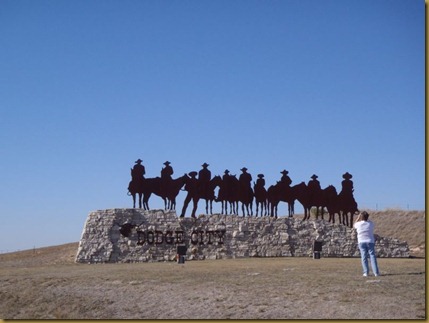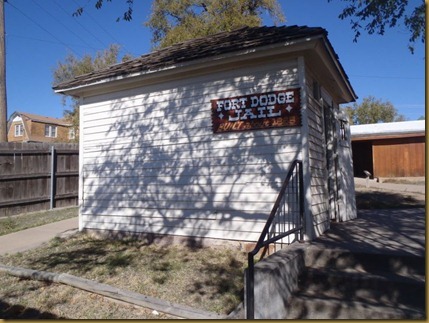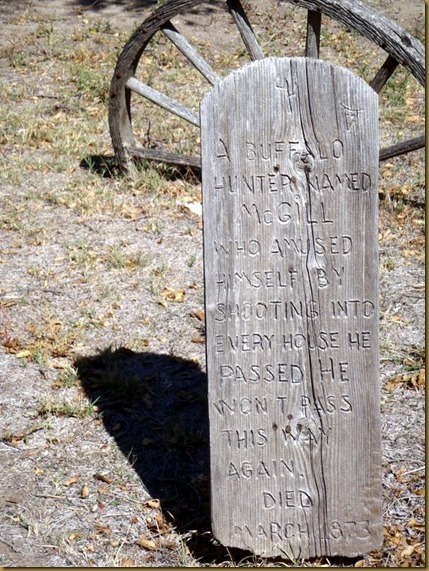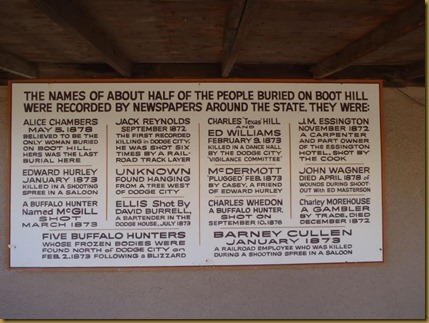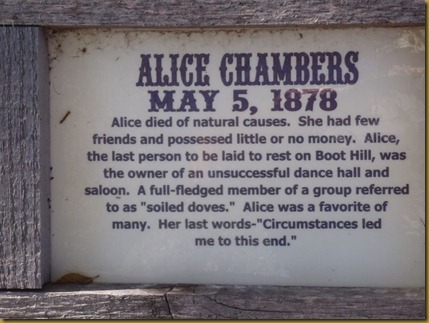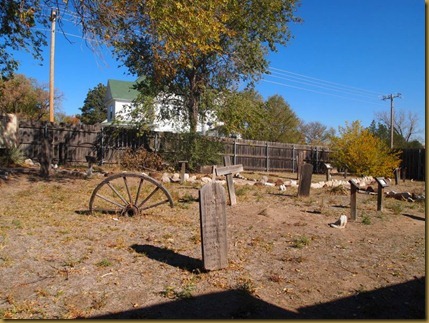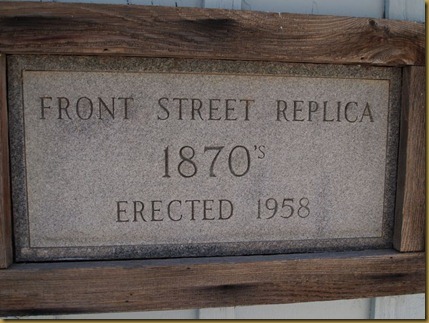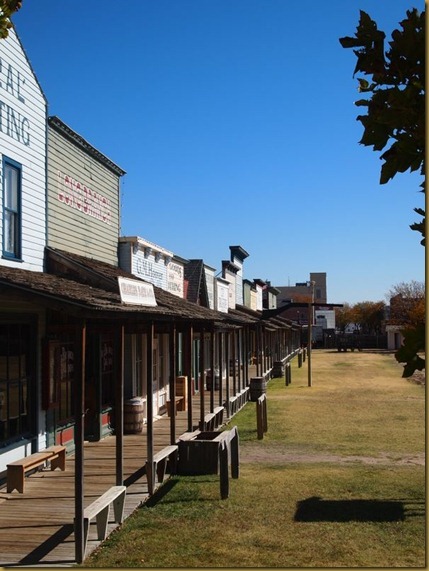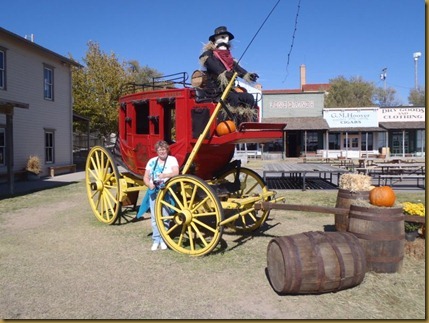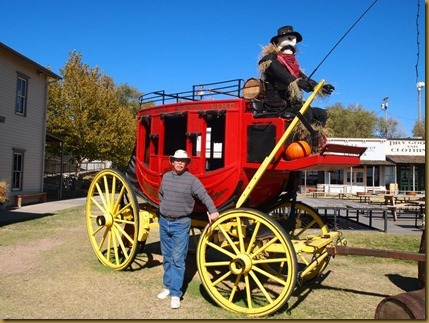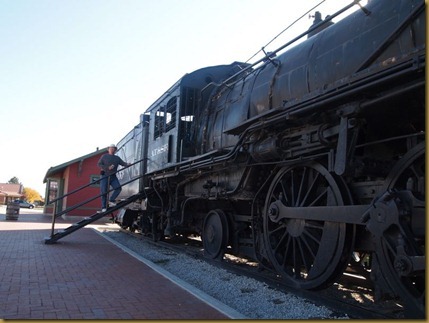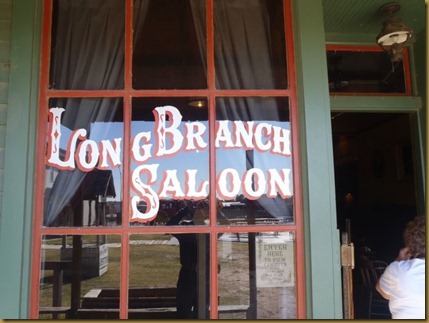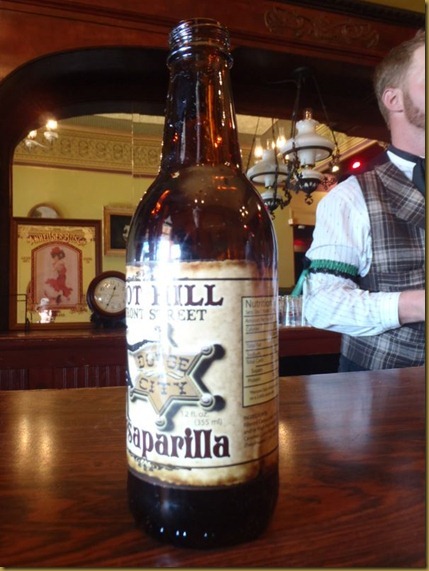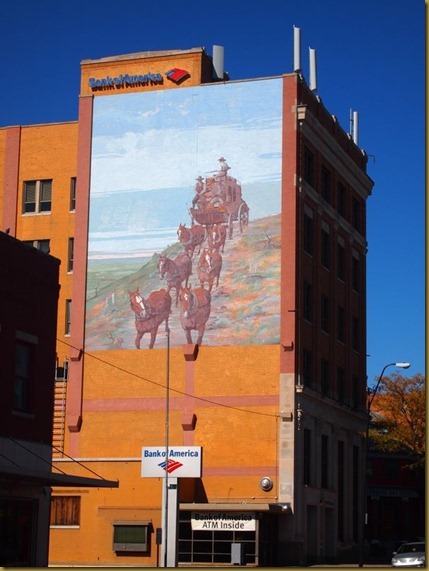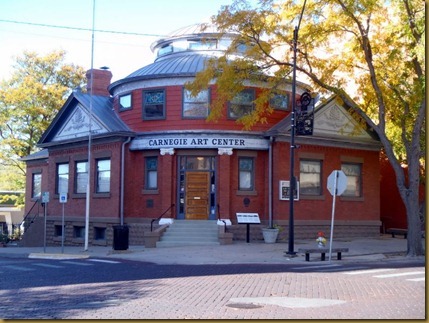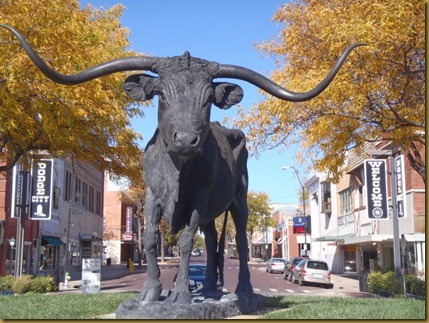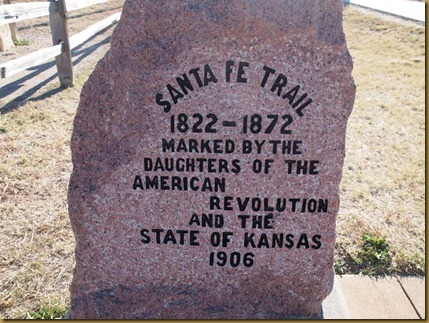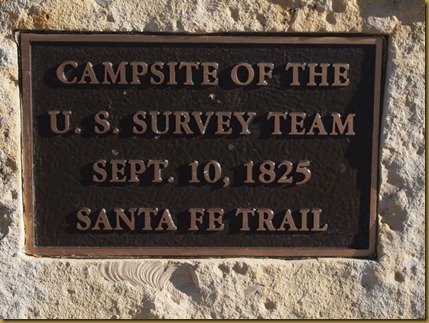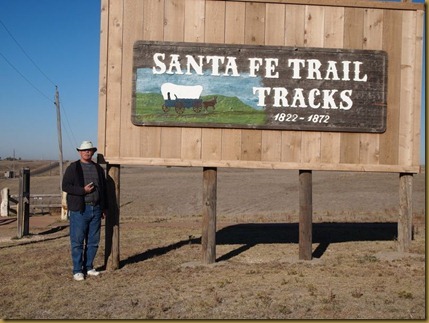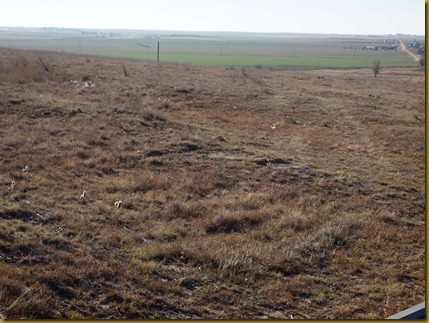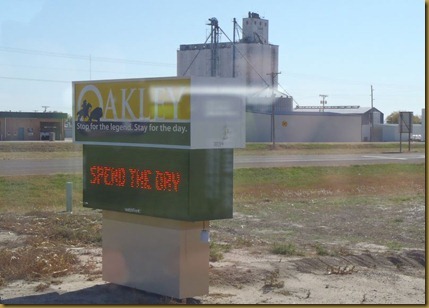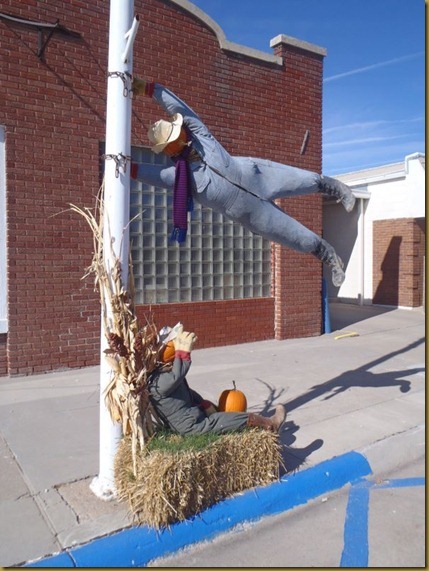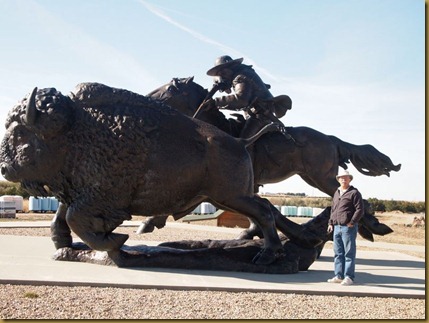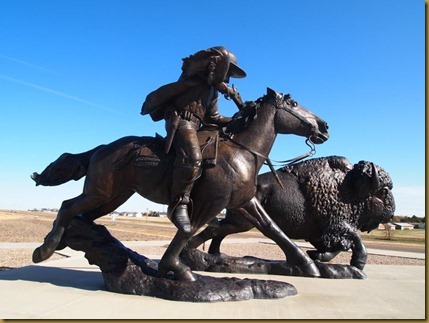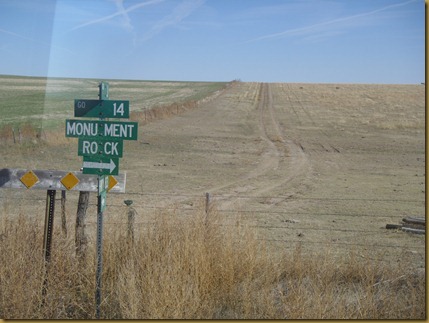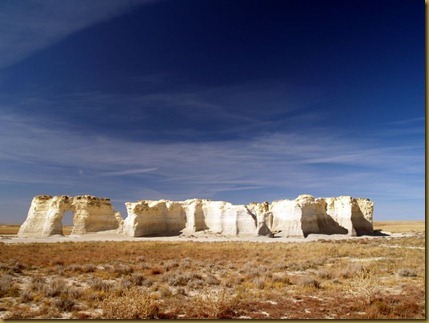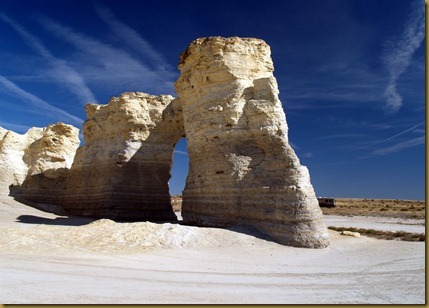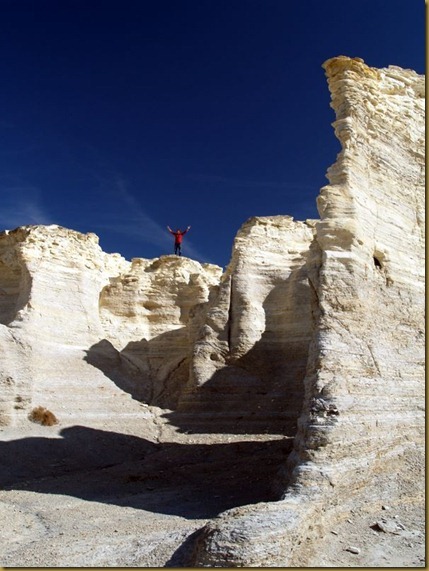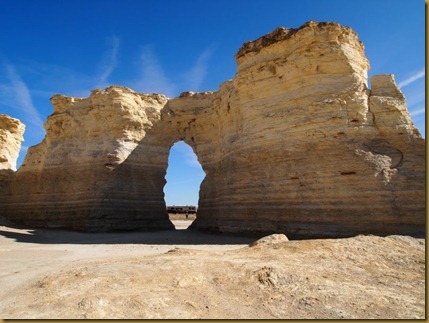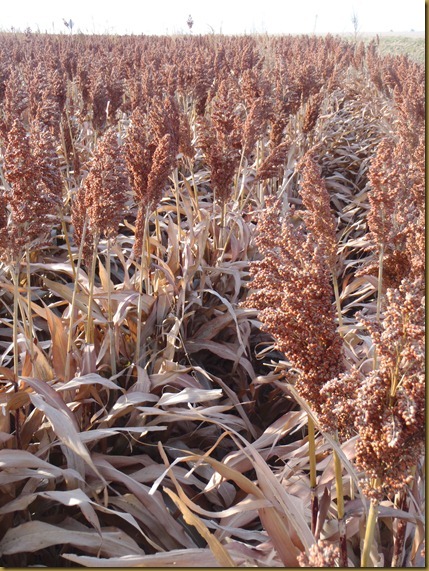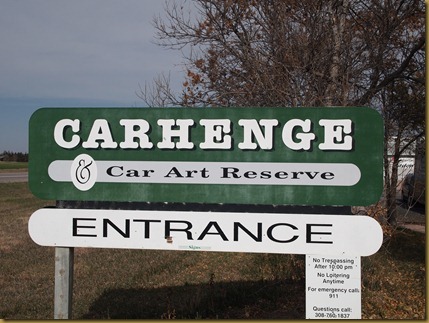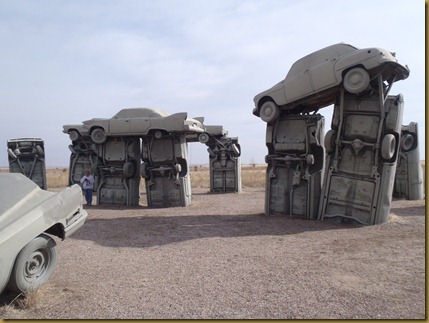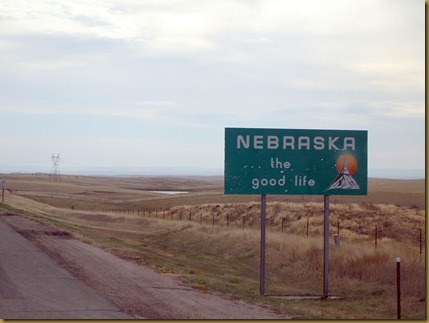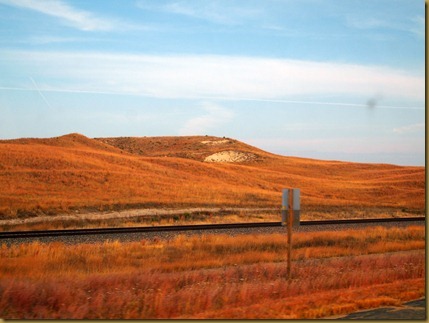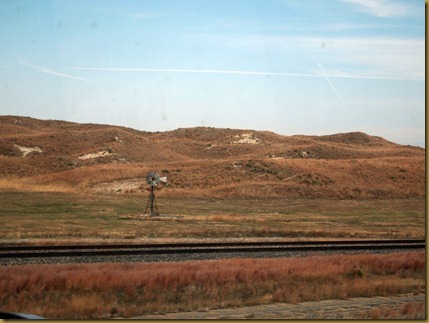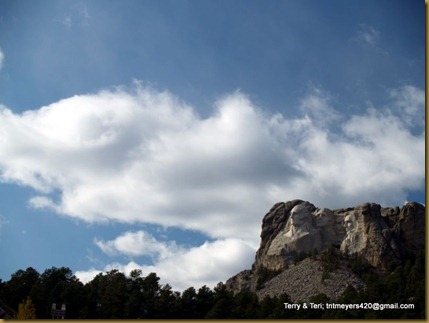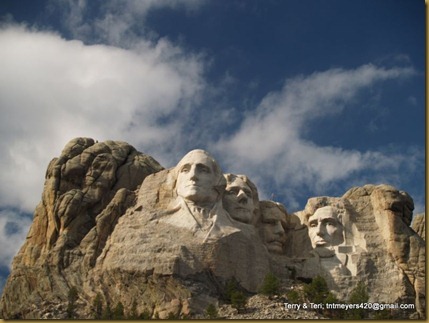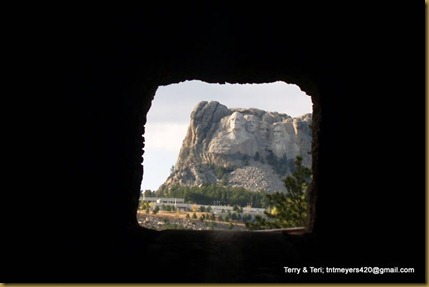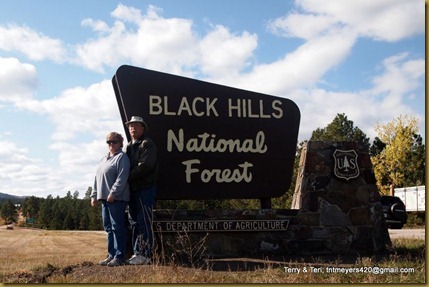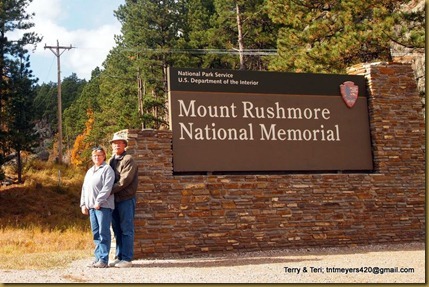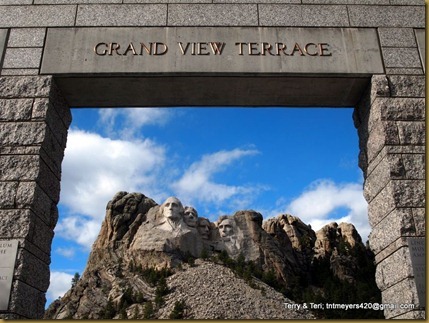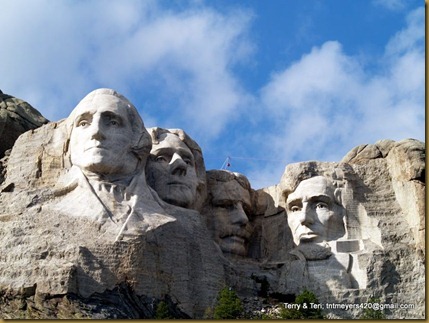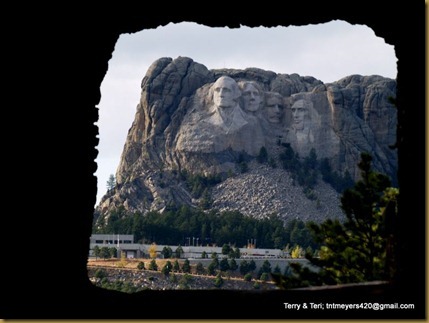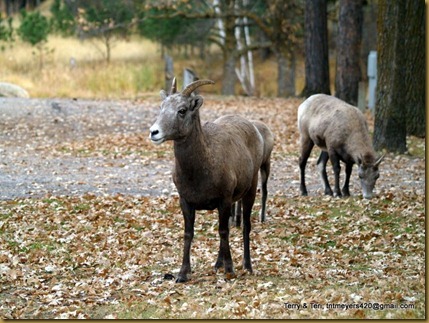Dodge City was founded in 1872, just five miles west of Fort
Dodge on the edge of the military reservation. It quickly became a
trade center for travelers and buffalo hunters. The same year, the
railroad reached Dodge City, assuring its continued existence and
making it a major shipping point. An estimated 850,000 buffalo
hides were shipped from Dodge City in the years 1872-1874.
Through the years Dodge has had many titles: Buffalo
Capital of the World, Cowboy Capital, Queen of the Cowtowns,
Wickedest Little City in America, Beautiful Bibulous Babylon of
the Frontier and others. Dodge City was the buffalo capital for
five years until mass slaughter destroyed the huge herds and left
the prairie littered with decaying carcasses.
Farmers, during hard times, gathered the bones and sold
them for six to eight dollars a ton. The bones were used in the
manufacture of china and for fertilizer
.
By 1875, the buffalo were gone as a source of revenue, but
the Longhorn cattle of Texas soon took their place. From 1875
to 1886, over 5,000,000 cattle were driven up the Western Trail
from Texas to Dodge City. Cowboys from the cattle drives had
more than a little influence in establishing Dodge City’s reputation
as the wildest town on the western frontier. Such notable law
men as Bat Masterson and Wyatt Earp became legends in their
own time as they fought to bring law and order to the streets
of Dodge City.
The town these early men knew was laid out with two Front
Streets, one on either side of the railroad tracks. The city passed
an ordinance that guns could not be worn or carried north of
the ‘deadline’ which was the railroad tracks.
The south side where ‘anything went’ was wide open. In
1876 the population was 1,200 and nineteen businesses were
licensed to sell liquor.
During those first years the population varied according to the
season, swelling during the summer with the influx of cowboys,
buyers, gamblers and prostitutes. Business houses, dance halls
and saloons catered to the Texas trade. Saloon keepers renamed
their places Nueces, Alamo and Lone Star and served brandies,
liqueurs and the latest mixed drinks. Ice usually was available so
even beer could be served cold. Some saloons advertised anchovies
and Russian caviar on their cold lunch menus.
Gambling ranged from a game of five cent Chuck-a-luck to
thousand dollar poker pots. Many saloons offered some type of
musical entertainment, a piano player, a singer, or as in Chalk
Beeson’s Long Branch, a five piece orchestra.
Beeson also organized and led the famous Cowboy Band
which entertained all over the west at cattlemen’s conventions,
concerts, dances and in
Washington, D.C. at the
inauguration of President
Harrison.
The town thrived and its
populace of buffalo hunters,
railroad workers, soldiers
and drifters “settled their
differences” in shoot-outs.
Lawlessness reigned, creating
the need for a burial place
... Boot Hill Cemetery.
For six years Dodge
had no official cemetery. Persons dying who had friends, enough
money or sufficient standing in the community were buried in the
post cemetery at Fort Dodge. Others, penniless or unknown, were
buried where it was convenient to dig a hole. Boot Hill, now a
part of downtown Dodge City, is the most famous burial ground
in all western lore, even though it was used only until 1878.
Fort Dodge was closed in 1882 and by 1886, the cattle
drives had ended. An illustrious period of history was over but
the legend lives on in Dodge City’s historic preservation of its
romantic and internationally famous past.
— Kansas Heritage Center
Dodge City sign from the west side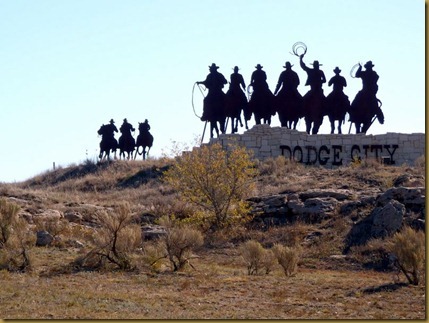
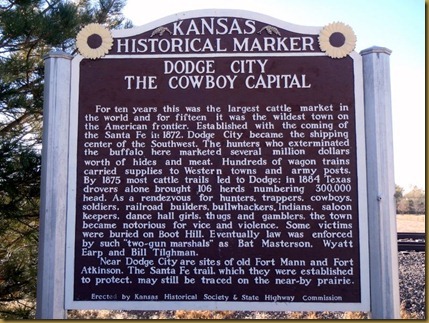
Dodge City Sign from the East Side
We went up the hill for a tour of Boot Hill. Boot Hill was the resting place for the indigent people who died in the early years of Dodge City.
The jail is relocated here. Built about 1865.
This tombstone reads: A Buffalo Hunter Named McGill who amused himself by shooting into every house he passed. He wont pass this way again. Died March 1873
A Photo of what is left of the original boot hill
Replica of the Long Branch Saloon. In the 1970’s Washington had money available for down town rejuvenation and many of the historic buildings of Dodge City disappeared. The Long Branch Saloon had burned down years earlier.
Had to have a saparilla at the Long Branch Saloon.
Downtown Dodge City
